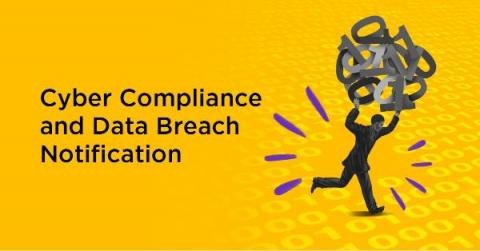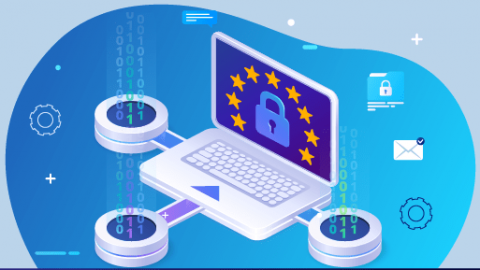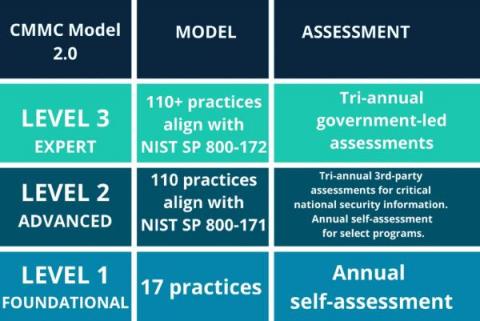Security | Threat Detection | Cyberattacks | DevSecOps | Compliance
Compliance
Cyber Compliance and Data Breach Notifications
Ransomware isn’t just an internal threat for your organization, it’s also a global crime, and data breach notifications are governed by various laws, policies, and agencies. Let’s go over some common cyber-compliance questions about ransomware, data breach notification and reporting, and the laws that cover cybercrime.
What Trust and Compliance Looks Like in a Cookieless Digital World
Originally envisaged as a convenient way to store web data, cookies emerged as a powerful marketing tool in the 2000s. For many years, digital marketers relied on cookies for data collection. However, in recent history, new privacy laws, browser features, and plug-ins have changed the landscape of data collection. Marketers have had to develop tools and strategies to ensure they meet compliance as the internet becomes more and more cookieless.
Article 28 - General Data Protection Regulation Act
The General Data Protection Regulation Act (GDPR) requires Data Controllers to establish a written agreement with the Data Processor stating the terms and conditions for the data processing activity. So, before getting into a contract with the Data Processor, a Data Processing Agreement must be signed between both parties regarding the conduct of processing personal data.
Operationalize Risk and Compliance with the Reciprocity ROAR Platform
SIEM Use Cases for Compliance with GDPR
The era we live in requires the digitalization of all subjects interacting with people, from giant companies to small-scale organizations. It is unquestionable that this trend has made significant contributions to the data collection process. But the larger the volume of data collected, the greater the risk of a security breach. For this reason, it is essential to control the security and transparency of personal data.
This Month in Datadog: March 2022 (Episode 9)
Threat-Based Methodology: Auditing
This is the third post in the Threat-Based Methodology blog series. In the first post, we introduced Threat Based Methodology and the analysis conducted by the FedRAMP PMO and NIST. In that post, we ended by listing the top seven controls based on their Protection Value. The second post explored configuration settings in greater depth and explained how Devo supports the ability to meet the CM-6 control.











